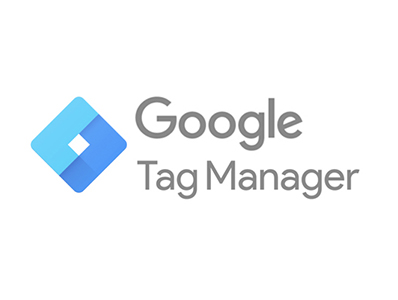
10 Little Known Copywriting Tips for Direct Response Marketing
February 7, 2023
20 keys to a successful keyword campaign
April 29, 2023Google Tag Manager 101: Best Practices

- Plan and organize your tags: Group similar tags together and create a clear hierarchy for your tags, triggers and variables.
- Use variables: Create and use variables to avoid repetitive data and make it easier to manage your tags.
- Test and debug: Use the preview and debug mode to test your tags before publishing them.
- Use triggers: Triggers are essential to determine when your tags should fire. Make sure to create and use triggers that are relevant to your tracking needs.
- Minimize the number of tags: Only add the tags that you need and try to consolidate multiple tags into one where possible.
- Keep it up to date: Regularly check and update your tags and triggers to ensure they are still relevant and working correctly.
- Use built-in tags: Utilize the built-in tags in Google Tag Manager for common tracking needs, such as Google Analytics, AdWords Conversion Tracking, and Floodlight.
- Follow best practices for data privacy: Ensure that you comply with data privacy regulations such as GDPR and CCPA when using Google Tag Manager.

